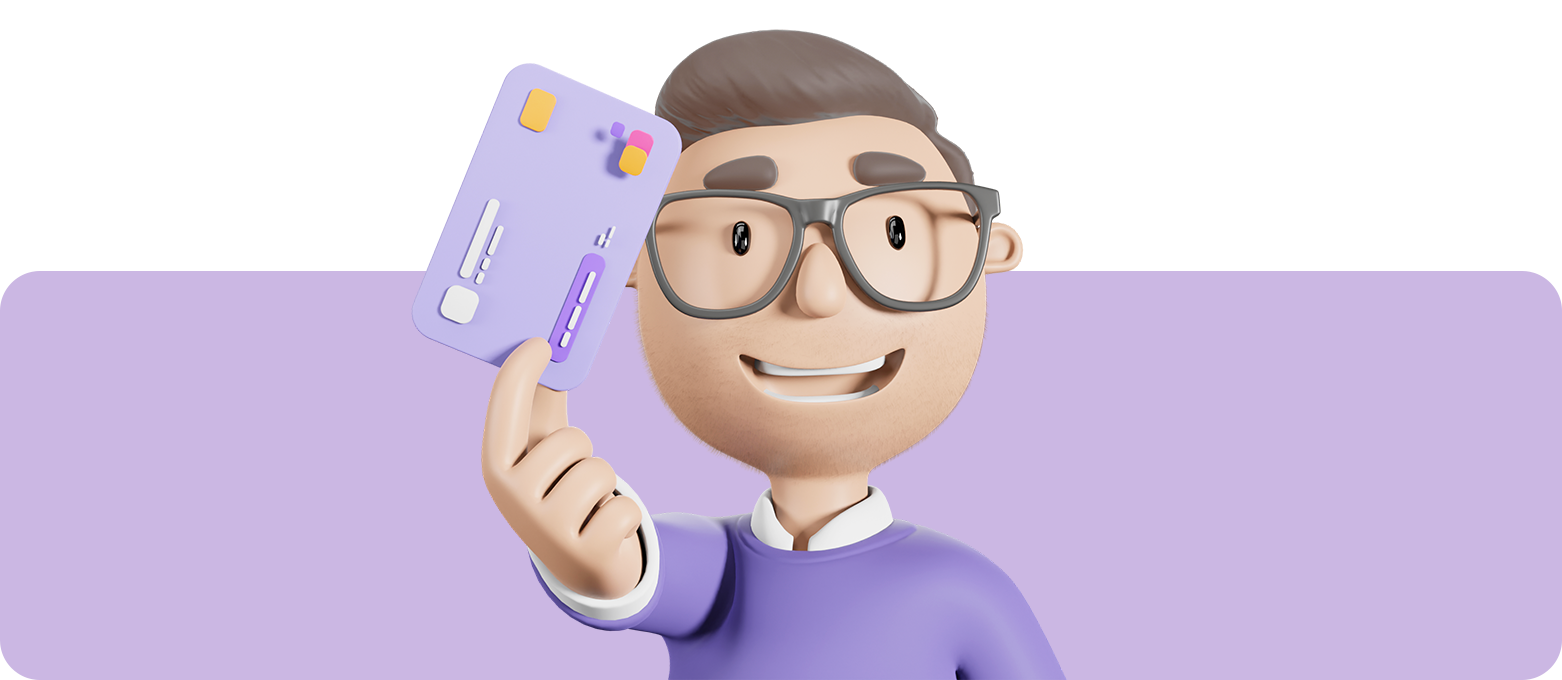
In the modern era of online banking and internet purchases it can be difficult to navigate your way through different payment options. Don’t worry if you feel anxious about your finances, you are not alone, as many as 24 million adults don't feel confident managing their money (in the UK alone).1
Here is a guide on the differences between buy-now-pay-later and credit card payments, to help you make your financial decisions with clarity.
Buy now pay later:
Okay, so what even is BNPL (buy-now-pay-later)?
BNPL is a type of instalment loan, usually made at the POS (point-of-sales) and is under the label of ‘short-term finance’.
With 60% of consumers having used a BNPL in the past, how does it work? 2
The typical journey of using BNPL:
- You are at checkout at a shop and they offer BNPL finance
- You select BNPL as your payment option
- The BNPL provider splits the cost of your purchase into even instalments across an agreed schedule
- You pay the first instalment up-front
- You continue paying (typically interest-free) instalments until the costs of goods has been completed.
So, in summary:
- Instead of just out-right paying the retailer for a good/service, the BNPL provider pays the retailer for you and you are re-paying the BNPL provider.
- BNPL can be used both in person or online but is most commonly used for online purchases.
- The agreements are unique to the BNPL provider.
- Because you are paying in instalments, you have the ability to spread costs, making your purchase more affordable.
Pros:
- Super convenient and easy to use
- Simple application process; you can apply and be approved almost instantly
- No fees if payments are on time
- Often interest free
- You can get approved without a hard credit check (this is a particular standing point as hard-credit-checks can negatively affect your credit score)
- At some BNPL providers you can choose your payment frequency, allowing it to fit with your budget.
- You can link your payments to your debit card, bank account and in some cases, a credit card.
Cons:
- Not all retailers will accept BNPLs
- Some payment plans aren't always interest free
- Missing or being late on a payment could affect your credit score
- Due to not having to pay the cost-of-goods in full, up-front, it can be easy to overspend
Credit card:
What about credit? How does it really work?
When you make a purchase using a credit card, you are borrowing from your card provider (Visa American Express, Mastercard etc). The amount you have spent (aka your balance), you must then repay -to said provider- in monthly instalments.
Credit cards are used for 28% of all payments. 3
The typical journey of using a credit card:
- You make a purchase.
- You receive an invoice at the end of the month detailing how much you owe your credit card provider (your balance).
- It is recommended you pay of as much of the balance and fees as possible.
- This continues the next month and any previous fees or unpaid balance is added to that month's invoice.
So, in summary:
- Although not necessary to own and use a credit card it is recommended.
- Using a credit card is a great opportunity to build good credit.
- You can get credit cards with 0% IPR (introductory-annual-rate), which can be handy in a pinch for expensive purchases (for situations such as a car breakdown, where you have little savings).
Pros:
- Is more widely accepted so can be used at a larger array of retailers
- Credit cards may have other perks, such as rental car insurance
- (As long as you are paying the minimum amount due every month) you can pay off purchases overtime at your own pace, not limited to paying instalments
- It is helpful to have a credit card in situations where BNPL is neither applicable or available (aka street food or purchasing a plane ticket)
Cons:
- Usually, a hard credit check is required to qualify
- If you carry a balance month-to-month, interest charges can quickly add up
- Late payments can be damaging to your credit score
- Your overall cost can be added to by credit cards charging numerous fees (balance transfer fees, cash advance fees etc)
Thank you for reading, I hope this blog can add some clarity to your understanding of two very different payment options.
